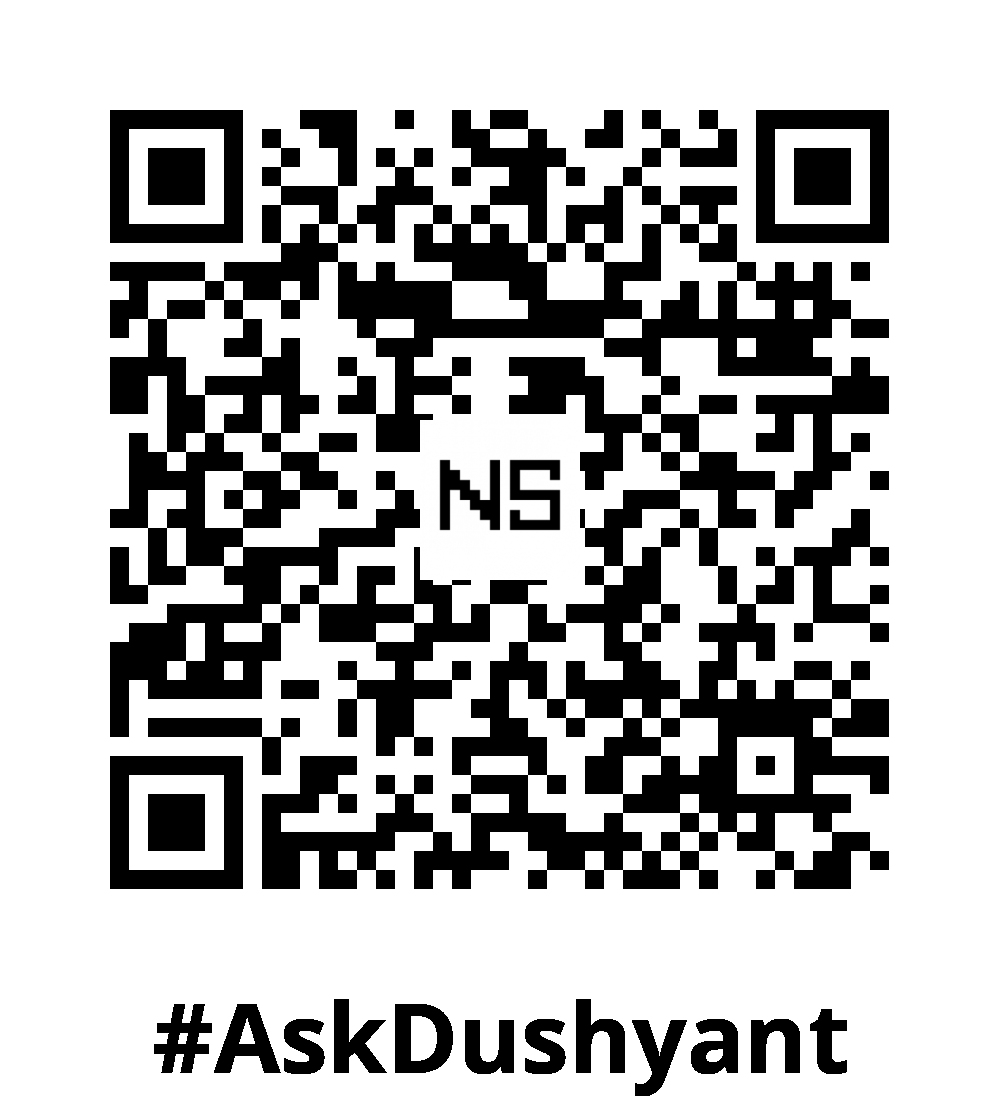Based on my extensive and over 18-year background in the tech SaaS landscape, System testing is a crucial phase that ensures your application meets the specified requirements and delivers a high-quality user experience. This tech post emphasise the importance of system testing, detail how to validate the entire system, simulate real-world scenarios, and ensure overall system quality.
What is System Testing?
System testing is a type of software testing that evaluates the entire application as a complete unit. This testing phase aims to validate that the system functions as intended and meets all specified requirements. By simulating real-world usage, system testing verifies that your application operates correctly across various scenarios.
Purpose of System Testing
The primary purpose of system testing is to ensure that the integrated system performs as expected and satisfies user needs. This includes verifying both functional and non-functional requirements, thus guaranteeing a well-rounded product.
Importance of System Testing
- Holistic Validation: Unlike unit or integration testing, which focuses on individual components, system testing evaluates the entire application. This approach provides a comprehensive validation of how all parts work together.
- Requirement Verification: System testing confirms that the application fulfills all specified functional and non-functional requirements, including performance, security, and usability.
- User Experience Assurance: By simulating real-world scenarios, system testing helps identify usability issues that may affect the end-user experience. This process ensures that your application not only functions correctly but is also user-friendly.
Types of System Testing
1. Functional Testing
Functional testing validates the application’s functionality against requirements. This includes testing user interactions, data input/output, and overall behavior.
2. Non-Functional Testing
Non-functional testing assesses aspects like performance, security, and usability. Examples include:
- Load Testing: Evaluates how the system behaves under heavy load.
- Stress Testing: Tests the system’s limits by pushing it beyond normal operational capacity.
- Accessibility Testing: Ensures the application is usable for people with disabilities.
3. Regression Testing
Regression testing ensures that new code changes do not negatively impact existing functionality. It’s crucial for maintaining system integrity over time.
How to Perform System Testing
- Create a Test Plan: Develop a detailed test plan that outlines the testing scope, objectives, resources, schedule, and deliverables. Ensure the plan covers both functional and non-functional requirements.
- Design Test Cases: Create comprehensive test cases that encompass all aspects of the system, ensuring that each test case aligns with a specific requirement.
- Set Up the Testing Environment: Configure a testing environment that closely mirrors the production environment to obtain accurate results.
Example: Testing an E-commerce System
Let’s consider an e-commerce application that allows users to browse products, add items to a cart, and complete purchases. A system test could validate the entire user journey from product selection to checkout. Here’s a Python example:
import requests
def test_ecommerce_checkout():
# Simulate user actions
user_session = create_user_session()
user_session.browse_products()
# Select a product
product = user_session.select_product(product_id=101)
assert product.is_displayed() == True, "Product not displayed correctly"
# Add product to cart
user_session.add_to_cart(product_id=101)
assert user_session.cart.contains(product) == True, "Product not added to cart"
# Proceed to checkout
user_session.proceed_to_checkout()
# Simulate payment
payment_response = user_session.make_payment(payment_info)
assert payment_response.status == "Success", "Payment failed"
# Verify order confirmation
order_confirmation = user_session.get_order_confirmation()
assert order_confirmation.order_id is not None, "Order ID is missing"In this example, the test simulates the complete user journey, ensuring that each step functions correctly and meets the expected outcomes.
Best Practices for System Testing
- Involve Stakeholders: Engage stakeholders early in the testing process to understand requirements fully and validate test cases against their expectations.
- Automate Where Possible: Utilize automation tools for regression and performance testing to improve efficiency and accuracy, allowing for faster feedback.
- Continuous Feedback Loop: Incorporate feedback from testing into the development cycle to address issues promptly and enhance overall system quality.
Common Challenges in System Testing
- Complexity: As systems grow, managing dependencies and interactions can become complex, making thorough testing challenging.
- Environment Configuration: Ensuring that the testing environment accurately reflects the production environment is crucial but can be difficult to achieve.
- Resource Constraints: Limited time and resources can hinder comprehensive testing, leading to potential oversights.
My TechAdvice: For SaaS and Enterprise level application, System testing is vital for ensuring that your application functions as intended and meets all user requirements. By validating the entire system and simulating real-world scenarios, you can enhance system quality and deliver a superior user experience. Implementing a structured approach to system testing is essential for any software development project.
#AskDushyant
#TechConcept #TechAdvice #SoftwareTesting #SystemTesting #E2ETesting


Leave a Reply